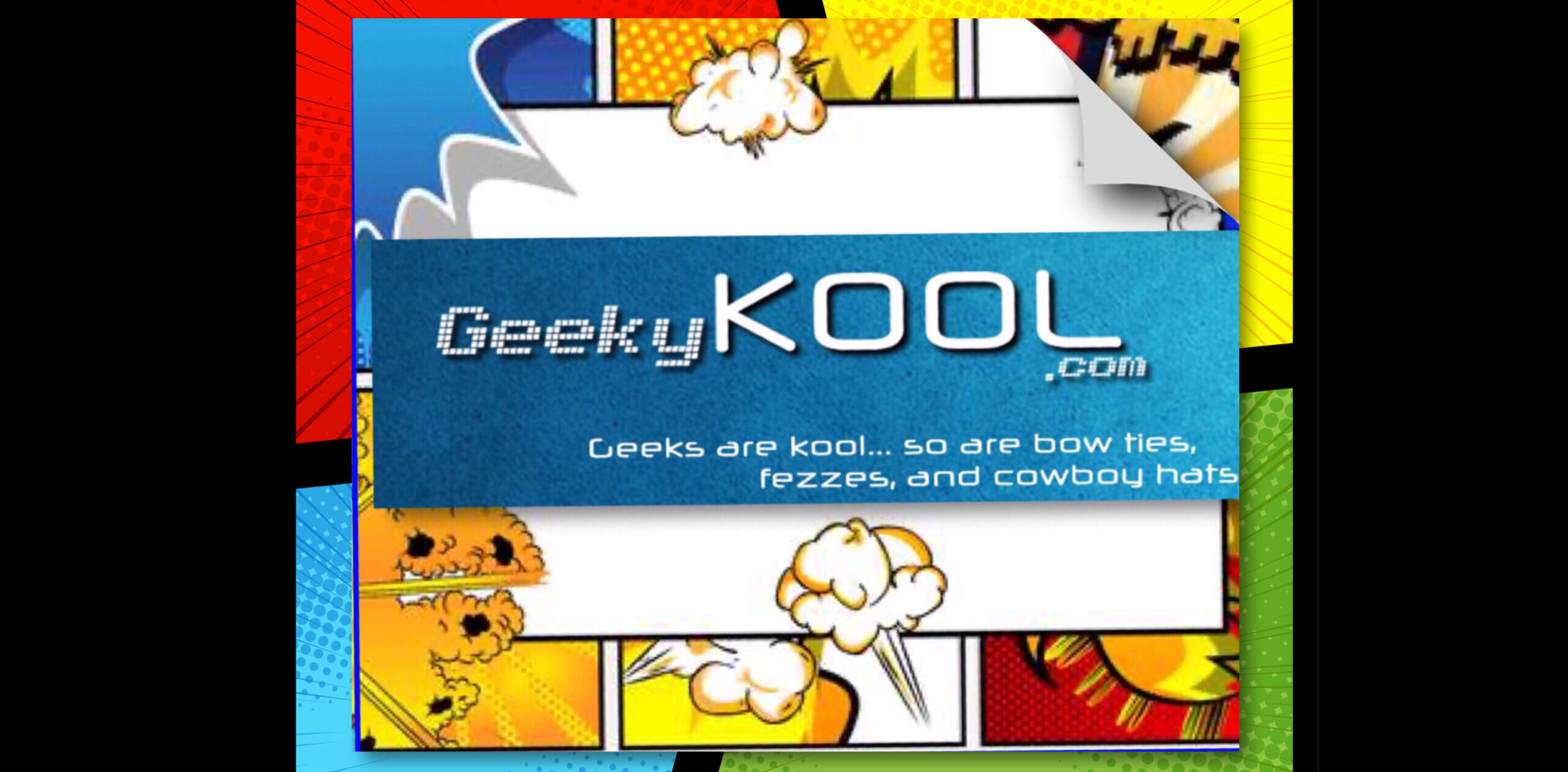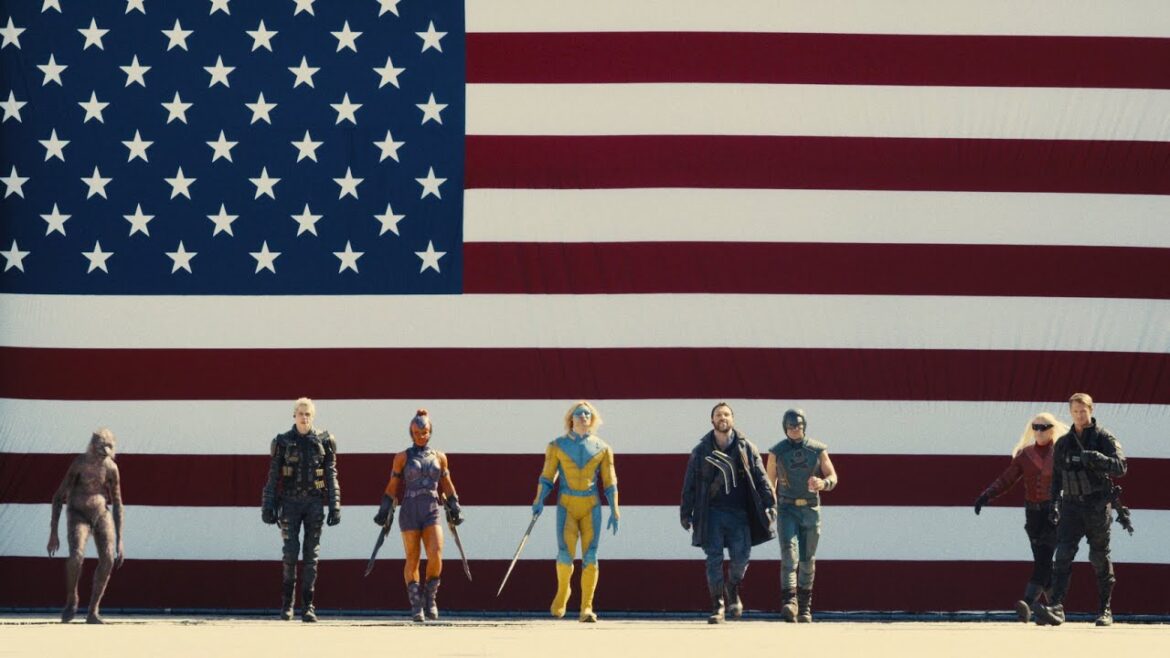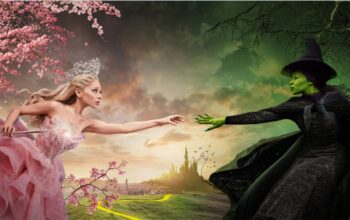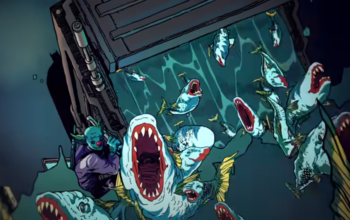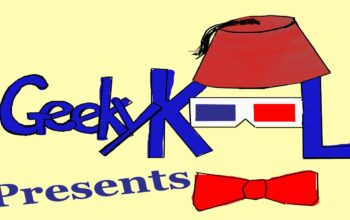James Gunn’s “The Suicide Squad” is a hard movie to review. The thing that makes it so difficult is because it’s hard to define, to quantify.
It’s not exactly an action-adventure movie, and it’s not a comedy. It’s not a spoof or parody. It certainly is not a serious movie nor an art house film. By it’s very nature, “The Suicide Squad” is an amalgam of these genres—a mashup of genres—that makes it hard for audiences to place it into a nice little opening in their minds.
There are square pegs and square holes, and there are round pegs, triangular, and octagonal pegs and corresponding holes. This film is an abstract, free-formed shaped peg looking for the same hole. That hole exists and is in front of us, but the movie watcher must hold the leg and turn it in our metaphorical minds to find the right orientation to fit it through the hole. It works, but it takes some time. I enjoyed the game and found just the right way to hold my peg.
“The Suicide Squad” is a stylized action-comedy comic book movie bolstering kid-like, goofy-camp overtones with a serious adult riptide. It’s certainly not for kids, but has a very child-like view of film. Knowing this beforehand will likely help most people come to a place where they can appreciate and even enjoy what James Gunn was trying to accomplish. It takes some thought and may very well be the kind of film that either resonates with movie-goers or fall flat. That’s ok. It’s not for everyone and doesn’t attempt to be.
Friendship—a need for relationship and connection—is the theme of the film and is played out from top to bottom, albeit subtlety, until the end. This theme is projected through the symbolism of the rat, the most of unworthy of creatures. If these creatures (like the squad members themselves specifically and those oddballs in our society metaphorically) can find purpose—and by extension, friendship—then so the squad and is as well.
The squad of misfits—and this story is all about misfits—are brought together for an important mission. They must go to Corta Maltese (a fictional country off the coast of South America) and infiltrate a tower in which questionable experiments that could danger the safety of America are being conducted. It must be stopped. To stop it, these misfits must come together—build and rely upon relationships—to succeed and exist after the mission.
Gunn does this through action, comedy, cheese, blood, adult situations, and art. Major story transitions, like book chapters, are created with artistic title screens using the background to create text for the audience. It’s clever and interesting and odd. In one scene, Harley Quinn hits her stride and her true self is released. She mows through a herd of enemy combatants with a javelin. But when she slays them through it skits their flesh rather than buckets of blood splattering the walls she sees—and therefore we see—flowers floating through the air and clinging to the walls. It’s symbolic and gives us a deep look into her psyche. She likes blood and pain and is truly herself in that place. Most of us do not function that way, but some do. Professional boxers, MMA fighters, many athletes, and many people in prison also find themselves at home with pain. Those of us who do not can see, through Gunn’s insightful eye how this feels to her. To understand this scene is to understand Harley’s character.
I have a friend who is a tattoo artist. He’s very serious about it and is incredibly talented. He also functions on the edges of society. He’s a biker and has been a partied. He’s fringe. He has a caricature tattoo of a creature-monster the likes of which seems out of MAD magazine. This creature has a large phallus. I mean large. I asked him why he got that tattoo and he said he thought it would be funny. It wasn’t art and it wasn’t symbolic. Not on purpose anyway. It was his sense of humor. It tells me a lot about him. This serious artist and business owner with such a ridiculous yet permanent tattoo is a good metaphor for “The Suicide Squad.” And it speaks volumes while living on the fringe of our world.
Grade A- or maybe C+. It all depends on where you function in the world. It was an A- for me, but it won’t be for everyone.
(Review by Chris Wilson)
